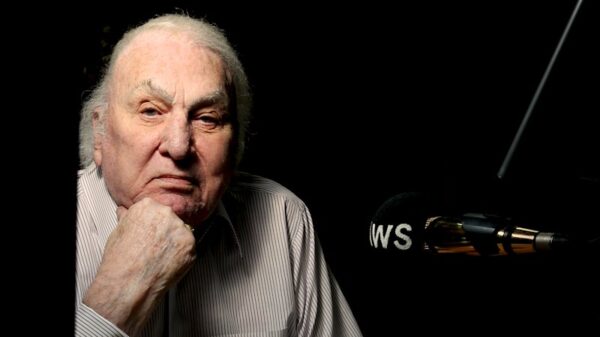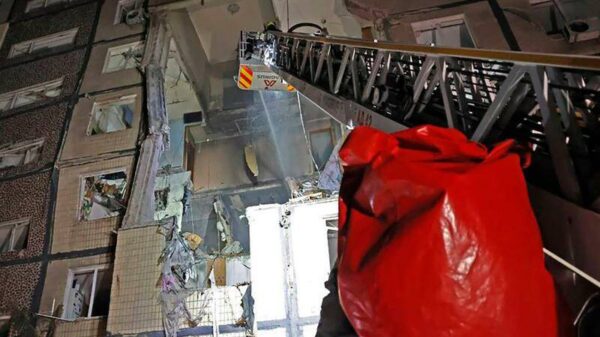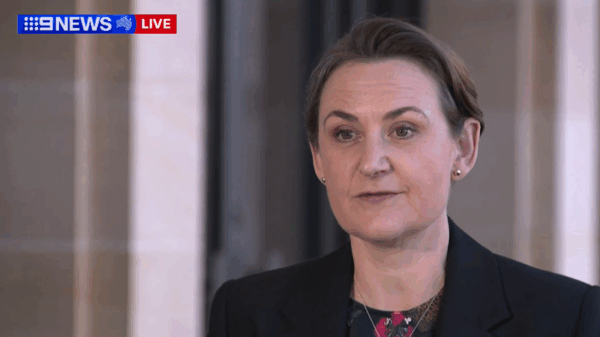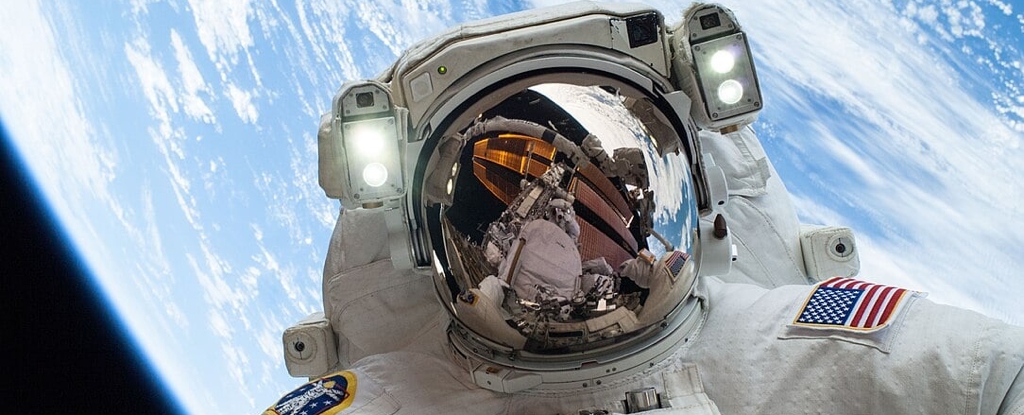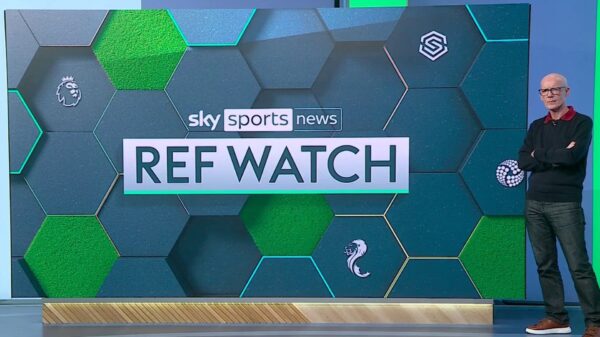Astronauts returning from long-duration missions aboard the International Space Station (ISS) often face an alarming side effect: changes in their eyesight. This issue affects approximately 70% of astronauts on extended missions, prompting scientists at NASA to delve deeper into the causes of these visual impairments.
Dr. Sarah Johnson, an astronaut who spent six months on the ISS, first reported the phenomenon, stating that text that had been clear before her launch became blurred during her mission. She is not alone in this experience; many astronauts have reported difficulties with reading and blurred distance vision that may persist long after they return to Earth.
Understanding Spaceflight Associated Neuro-ocular Syndrome
The condition known as Spaceflight Associated Neuro-ocular Syndrome, or SANS, has emerged as a significant health concern for long-term space missions. Unlike other temporary conditions such as motion sickness or muscle weakness, vision changes linked to SANS can be lasting.
Research suggests that the root cause of these visual disturbances lies in the effects of microgravity. On Earth, gravity continuously pulls bodily fluids downward. In the absence of this gravitational force, fluids redistribute within the body, leading to facial puffiness and increased intracranial pressure. This pressure can flatten the back of the eyeball and cause swelling of the optic nerve, which adversely affects vision.
As Dr. Michael Roberts, NASA’s vision research lead, emphasizes, the implications of these findings are profound, particularly for future missions to Mars, which could last between two to three years. He states, “We need to understand whether these changes stabilize or continue worsening over time. An astronaut with severely compromised vision could jeopardize an entire Mars mission.”
Countermeasures and Broader Implications
In response to these challenges, Dr. Roberts and his team at NASA are exploring various countermeasures. Potential solutions include the development of special contact lenses, medications aimed at reducing fluid pressure, and exercise protocols designed to maintain normal circulation. They are also testing a device referred to as the Visual Impairment Intracranial Pressure (VIIP) chamber, which aims to simulate Earth-like pressure conditions for the eyes.
The research being conducted carries benefits beyond the realm of space exploration. Insights gained from studying how pressure affects vision may also contribute to improved treatments for conditions such as glaucoma and intracranial hypertension on Earth.
As we push the boundaries of human endurance through extended space travel, understanding how our bodies adapt to the unique environment of space remains critical. The ongoing research at NASA and on the ISS aims to ensure that when humanity embarks on the long-awaited journey to Mars, astronauts will at least be able to see clearly the accomplishments of their efforts.
This article originally appeared in Universe Today.




